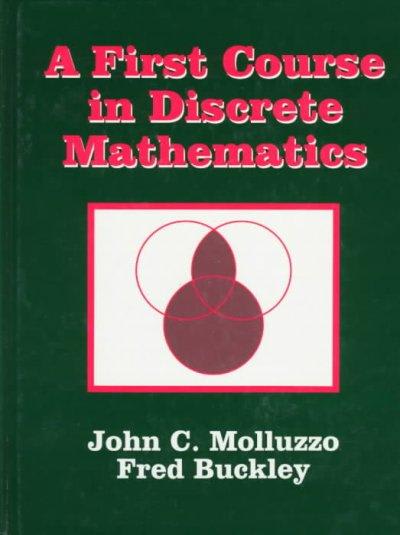Question
1. A marketing manager wants to study the effectiveness of online advertisement on social media. For example, Facebook, Twitter, Instagram etc. If a person is
1. A marketing manager wants to study the effectiveness of online advertisement on social media. For example, Facebook, Twitter, Instagram etc. If a person is exposed to an advertisement, there will be the three outcomes;
P = A person purchases an advertised product.
B = A person only browses an advertised product but does not purchase.
N = A person does not react on an advertisement at all.
We assume that the three outcomes are equally likely. In order to study the effectiveness of advertisements, outcomes of advertisement exposures and search history of advertised products were recorded. Percentages of people that searched the advertised products previously are 70% for purchasers and 50% for people who only browsed products. 20% of people without any reaction to advertisements searched the advertised products previously.
(a) Let S be the statement that a random person exposed to an advertisement searched the advertised product previously. Calculate the posterior probabilities using a Bayes Box. [4 marks]
(b) 200 people were exposed to advertisement on products that they searched previously. How many of them are expected to not purchase? [1 mark] (c) What is the probability of seeing an advertisement that the advertised product was never searched previously? [2 marks]
2. Percentages of advertised products with good reviews are 73% for purchased ones, 33% for only browsed ones and 52% for no-reaction ones. Let G be the statement that an advertised product has good reviews.
(a) Using either a Bayes Box or Bayes' rule, calculate the posterior probabilities given both S and G. Use the method where you start from the original prior distribution and update it to the posterior in one step which considers both pieces of data S and G together in the likelihood. We assume that a product with good reviews and a previously searched product are independent events. [4 marks]
(b) Using either a Bayes Box or Bayes' rule, calculate the posterior probabilities given both S and G. Use the method where you start from Question 1's posterior distribution as the prior and update it to the final posterior using an update that just considers G. [4 marks]
(c) Formulate the probability that an advertised product with good reviews was not searched previously by a viewer. [3 marks]
(d) Are reviews of a recently searched product important to sale? [1 mark]
(e) From a survey on online shopping behaviours, people are likely to purchase advertised products in which they were already searched before. Show whether this statement is supported using the provided data in Q1 and Q2. [4 marks]
Step by Step Solution
There are 3 Steps involved in it
Step: 1

Get Instant Access to Expert-Tailored Solutions
See step-by-step solutions with expert insights and AI powered tools for academic success
Step: 2

Step: 3

Ace Your Homework with AI
Get the answers you need in no time with our AI-driven, step-by-step assistance
Get Started


